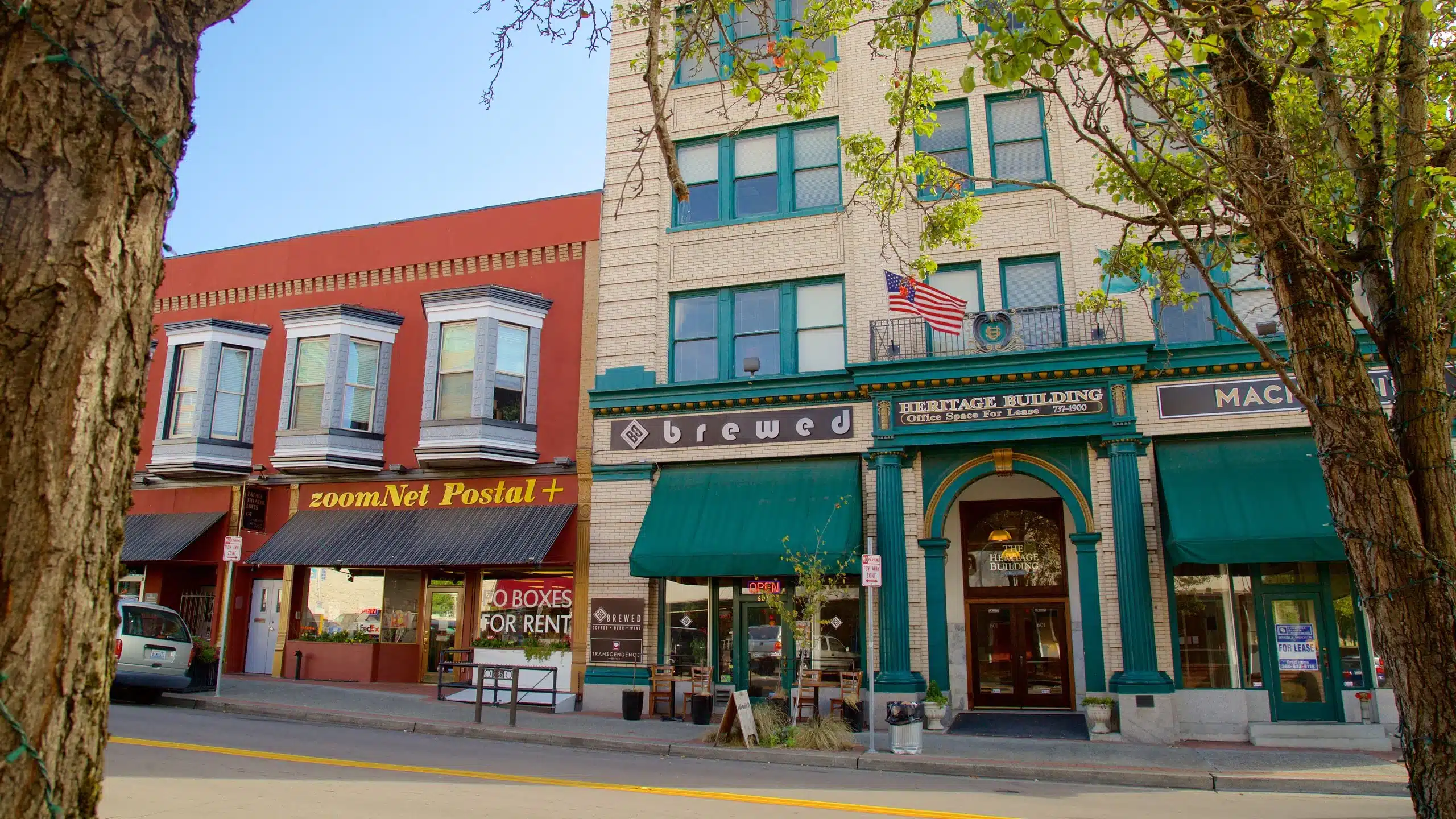Areas We Serve

Southern Washington, home to highly urbanized areas, perfectly transitioned from a heavily-agriculturist town into a business district over the years.
Today, more than three-fourths of its population live in the urban areas, while locals preserve the rich heritage of its agricultural roots. The largest city east of Cascades, Spokane, is dubbed the "inland agricultural empire," becoming a giant economic region focusing on agriculture, forestry, and mining.
Featuring natural, untouched wonders, South Washington is situated to have the most magnificent parks and forests. The Olympic National Park gives a breath-taking panoramic view of ocean beaches and mountaintops, letting tourists traverse many landscapes.
Mount Rainier National Park, an iconic Washington landmark, boasts the state's tallest peak in the state, about 14,410 feet. Recreational parks with scenic views such as the Sunrise and Paradise, Wonderland Trail, Northwest Trek, and Mount Rainier Scenic Railroad offer different sights. Truly the perfect spot to marvel at ancient forests, breath-taking waterfalls, mountain ranges, and plains.
North Cascades, one of the country's purest tracts, offers fantastic views of the Washington Pass Overlook, fresh aquamarine waters of Ross Lake, and stunning mountain sights. The Lake Chelan National Recreation Area also features one of the deepest lakes while giving a spectacular view of the mountain town Stehekin, only accessible by foot or boat.
Mount St. Helens, now named Mount St. Helens National Volcanic Monument, features a captivating view of the volcano that's reduced its peak by 1,300 feet, leveling much towards the surrounding area.
Although with an active volcanic history and is slowly recovering, Mount St. Helens provides the best hiking trails where visitors can take a look at the volcano's overall appearance after its eruption back in the 1980s. Johnston Ridge Observatory lets visitors look into the volcano's crater on a clear day.
South Washington's climate has milder conditions than any other part of the United States. Southern Washington only experiences heavy rains in the cooler months with desirable mild temperatures and little rain.